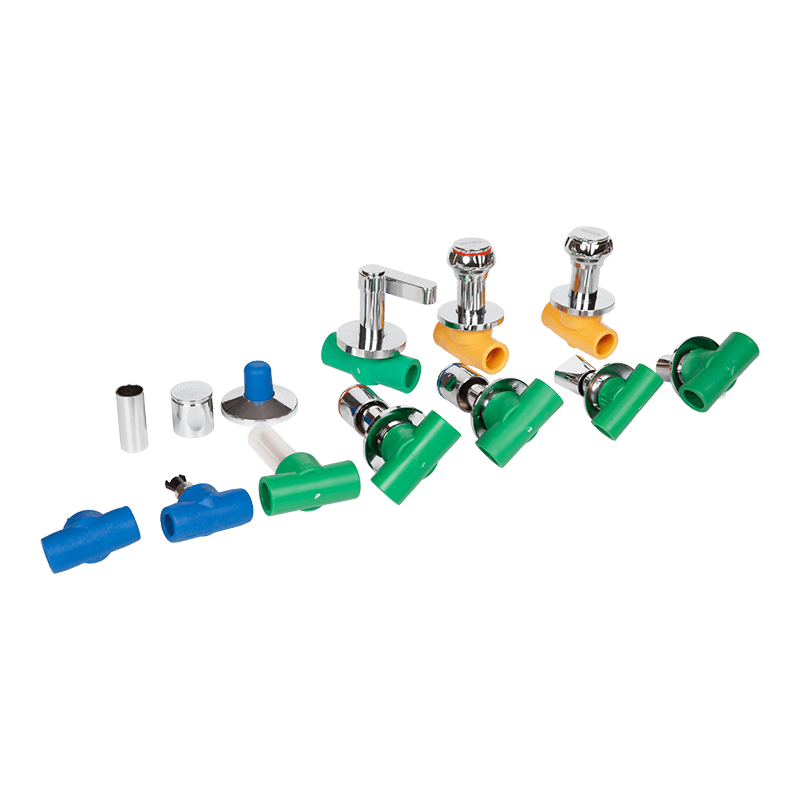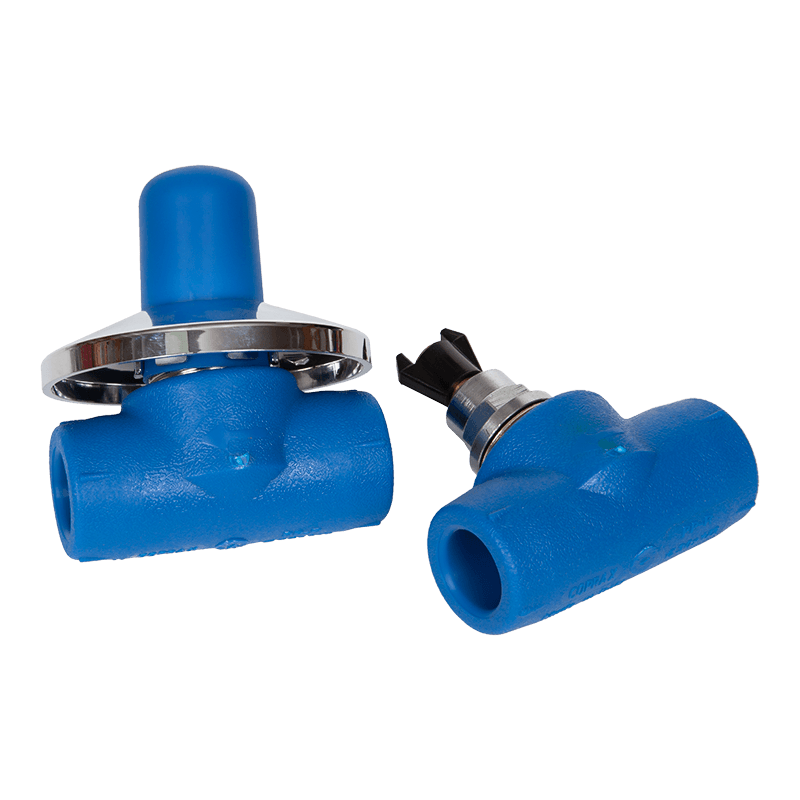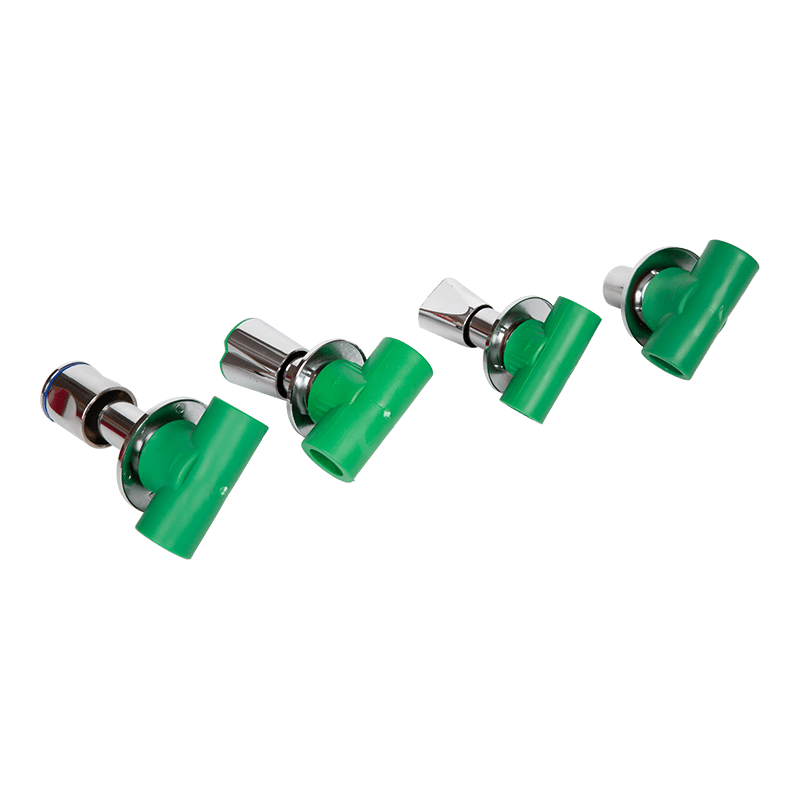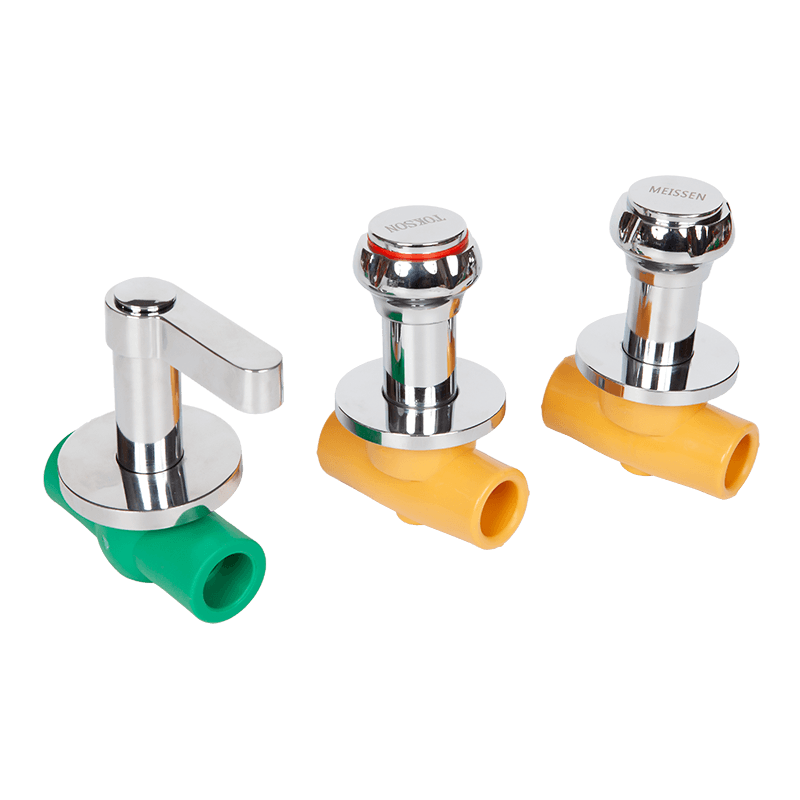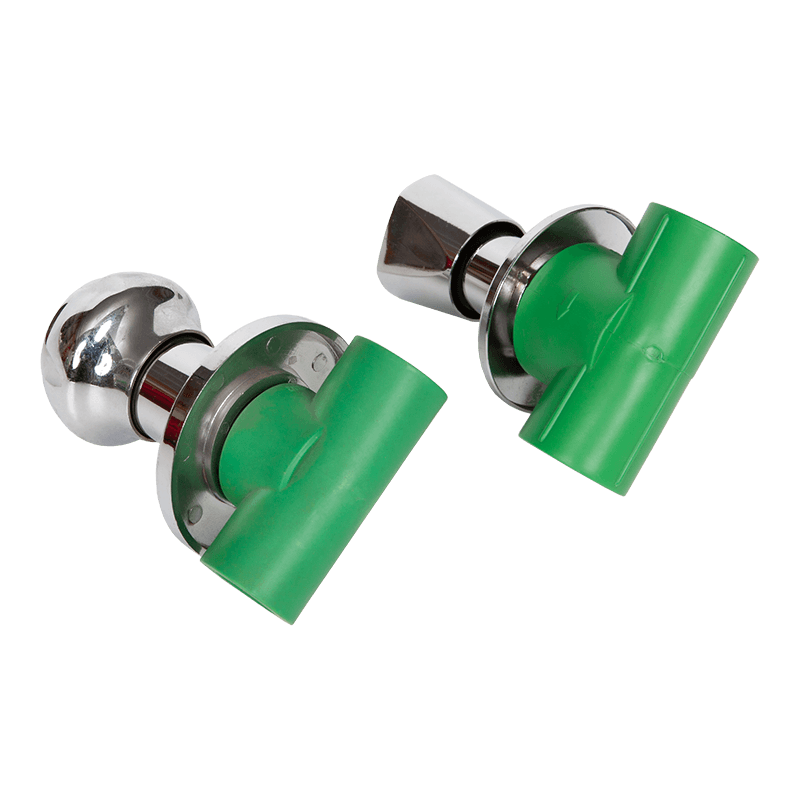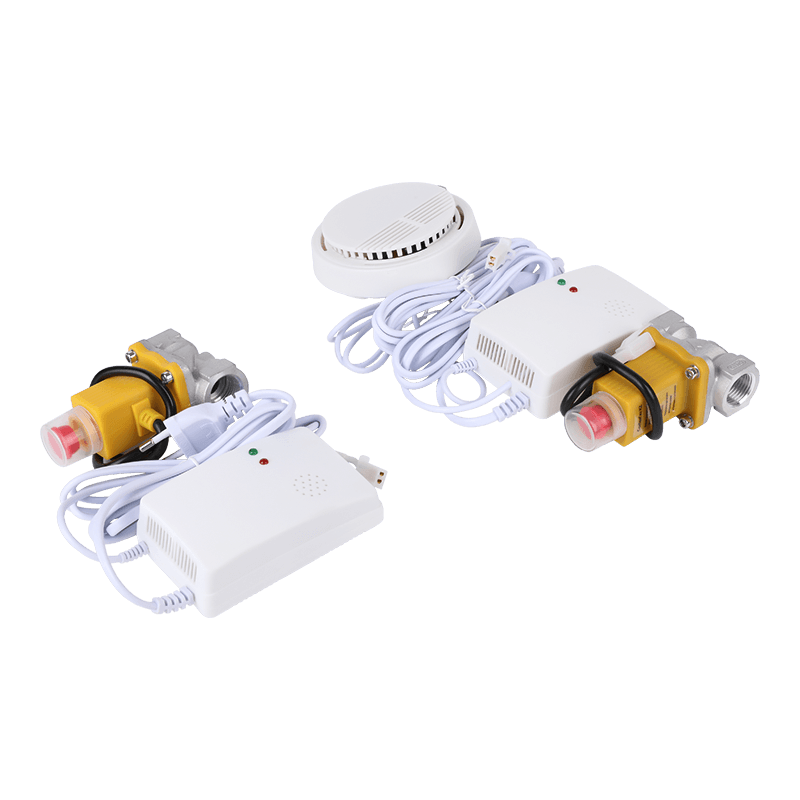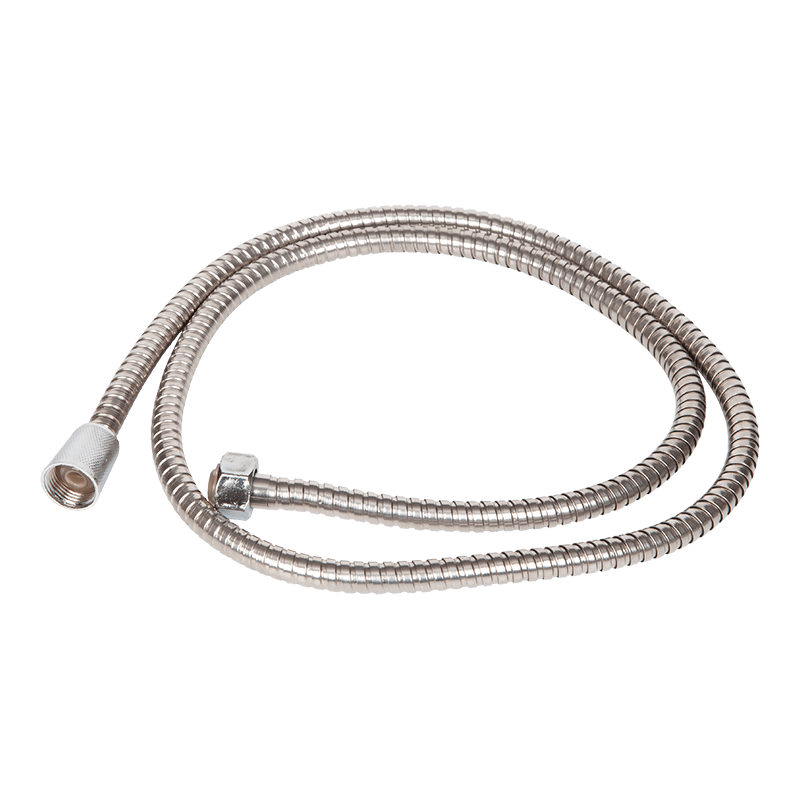The impact of sealing design on performance
The sealing performance of brass ball valves mainly depends on the design of its internal sealing structure. Usually, a ball and a sealing ring are provided inside the ball valve. The sealing ring is usually wrapped on the valve seat with elastic material, which can effectively fit the surface of the ball to prevent the leakage of the medium. The material selection of the sealing ring and the valve seat directly affects the sealing effect. A good design can achieve a tight fit and prevent the fluid from leaking from the gap of the sealing surface.
Whether the sealing structure is reasonable will directly determine the resistance size and the contact condition of the sealing surface when the valve is switched. Reasonable sealing design ensures that the ball can be evenly stressed, avoids local overpressure or deformation of the sealing surface, and thus maintains a long-term sealing effect.
The importance of material selection
As a valve body material, brass has good mechanical properties and corrosion resistance, but the sealing material is also critical. The sealing ring is generally made of wear-resistant and elastic materials, such as polytetrafluoroethylene, nitrile rubber or other synthetic rubber materials. These materials can adapt to the chemical properties of different media and maintain elasticity and sealing.
The temperature range and pressure resistance of the sealing material also determine the applicable working conditions of the ball valve. If the sealing material is properly selected, it can not only effectively prevent leakage, but also extend the service life of the valve and reduce the frequency of maintenance.
Sealing performance
The sealing performance of brass ball valves is usually manifested as a close combination of sealing surfaces, which can prevent the medium from leaking from the inside of the valve. When a qualified ball valve is closed, its leakage rate will reach the industry-recognized standard, ensuring that there is no obvious leakage under certain pressure conditions.
The quality of sealing performance is also reflected in the flexibility of opening and closing operations. A tight seal may lead to large opening resistance, while a loose seal may cause leakage. The ideal sealing state requires smooth opening and closing while ensuring that the fluid does not leak.
Leakage rate control and detection
The leakage rate is an important parameter to measure the sealing effect of the ball valve. Industry standards usually have clear limits on the allowable leakage. During the design and manufacturing process of brass ball valves, a variety of test methods will be used to detect leakage, such as air tightness test and liquid tightness test.
Controlling the leakage rate depends not only on materials and design, but also on strict control of processing and assembly processes. Machining accuracy and assembly quality directly affect the flatness of the sealing surface and the installation effect of the sealing ring, which in turn affects the leakage rate.
Maintenance and use recommendations
In order to maintain the good sealing performance of the brass ball valve, care should be taken to prevent the valve from being subjected to excessive impact or prolonged exposure to extreme environments during daily use. Regularly checking the wear of the sealing ring and replacing severely worn seals in a timely manner will help maintain a low leakage rate. Under specific working conditions, selecting suitable sealing materials and design solutions is also a key link in ensuring sealing performance and controlling leakage.

 LANGUAGE
LANGUAGE  English
English русский
русский 中文简体
中文简体